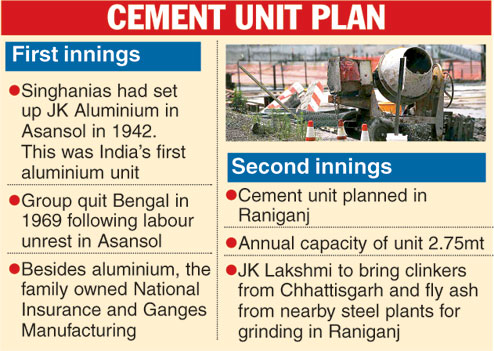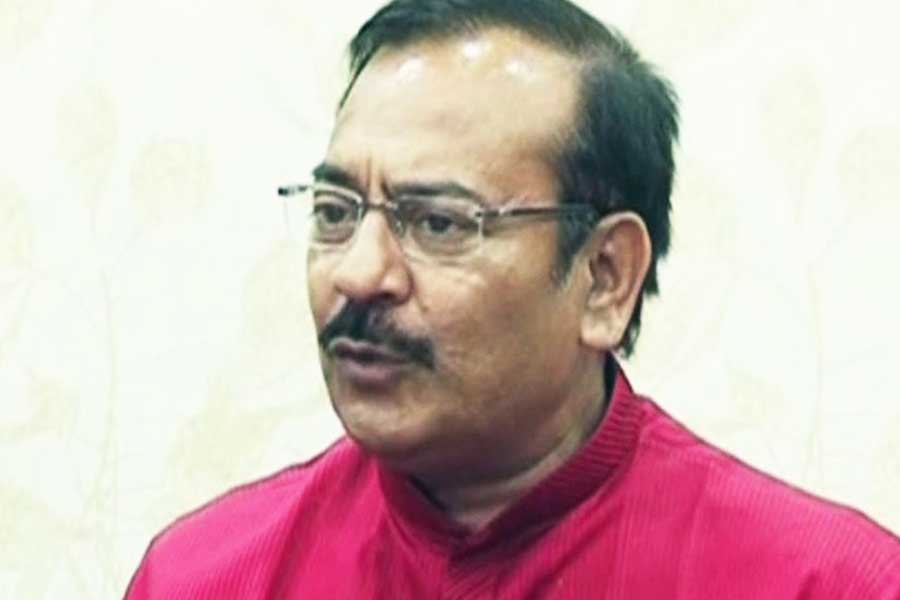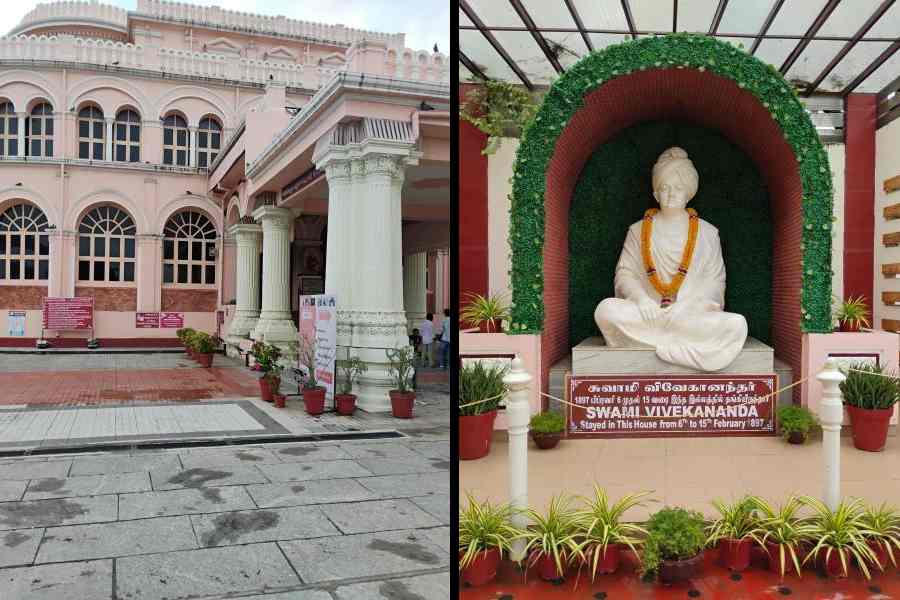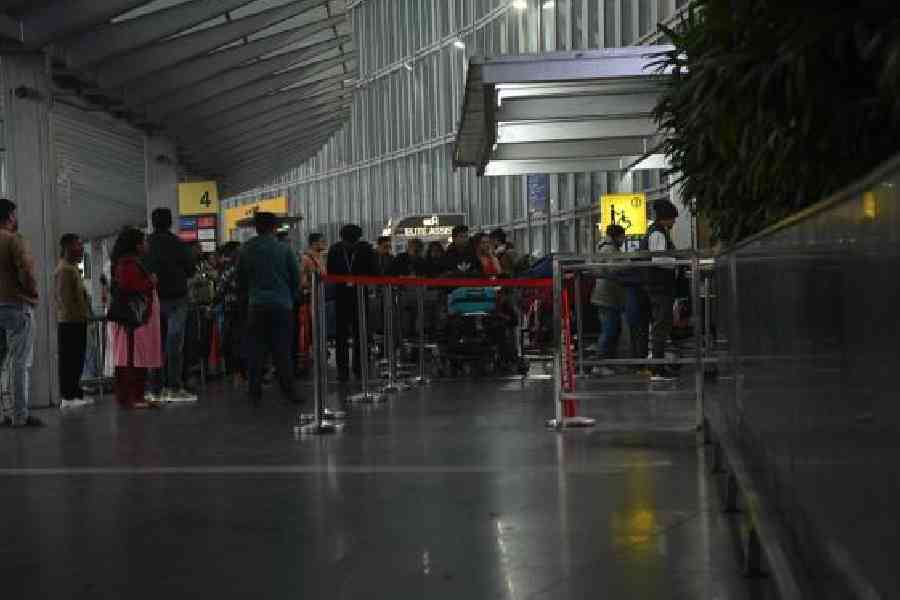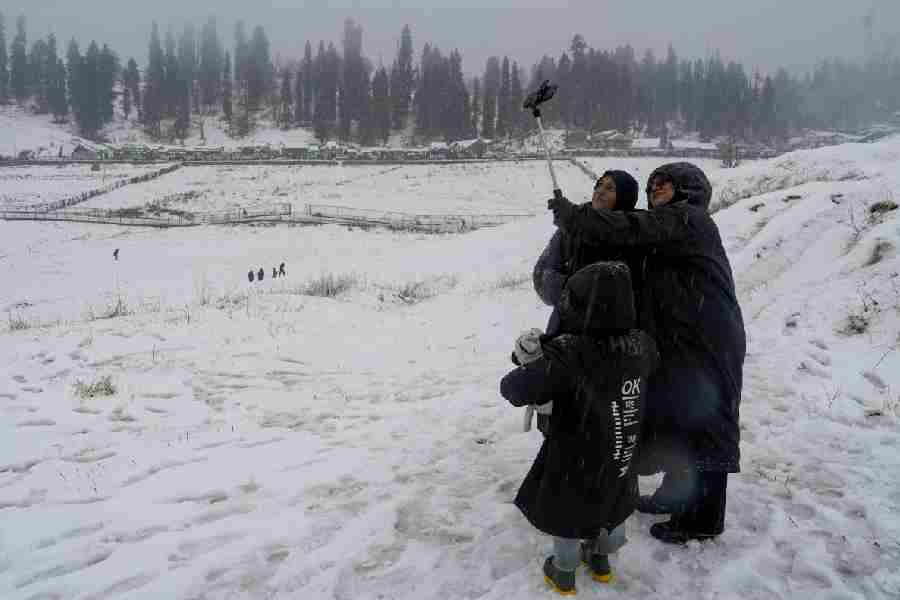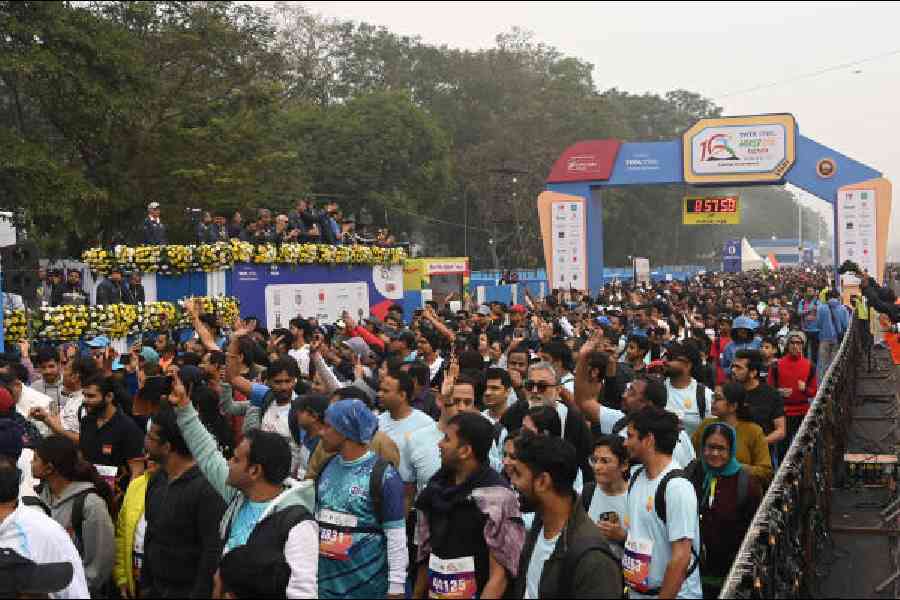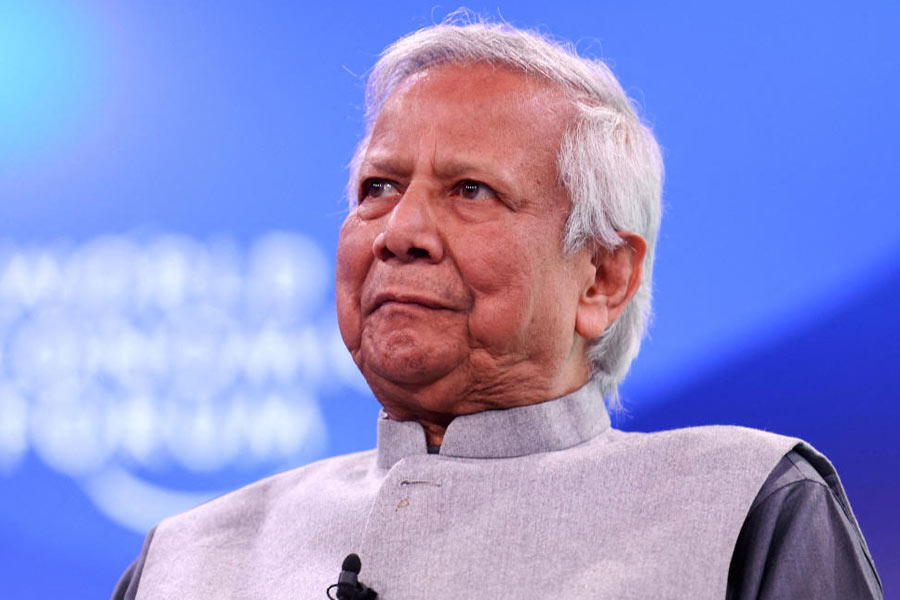
New Delhi, Dec. 7: The $4.5-billion JK Group of the Singhanias is making a comeback in Bengal with a cement unit in Raniganj.
Having left the state almost five decades ago following militant trade unionism, the Singhanias are planning to invest Rs 1,800 crore in a 2.75-million-tonnes-per-annum (mtpa) facility in Bengal and a clinker unit in Chhattisgarh. JK will bring the clinkers - cement lumps - from Chhattisgarh to grind them in Raniganj.
The group, with interests in paper, cement, engineering and dairy, had moved out all investments from the state following labour trouble at its aluminium plant in Asansol in 1969.
The new factory using Chhattisgarh clinker will be located in the same Asansol region, home to eastern India's largest industrial belt.
S. Chouksey, director of JK Lakshmi Cement Ltd, said, 'Since the raw material for clinker is available in Chhattisgarh and Bengal, we will make clinker there and then carry it to Bengal to a grinder facility where the clinker and fly ash from steel plants in that region will be used to make cement for sale in eastern India.'
In a book - Sir Padampat Singhania: Man of All Seasons which released a few years back, industrialists Gaur Hari and Govind Hari Singhania had written how Padampat decided to dilute his businesses in Bengal.
'The elections in Bengal affected JK Organisation adversely. In 1969, the first CPM-led government was formed in Calcutta. Trouble soon started brewing at the extremely profitable JK Aluminium factory in Asansol. When Padampat was informed about the situation, he advised moving out all businesses from Bengal.'
Padampat's younger brother Lakshmipat had moved to Calcutta in 1942 to set up the Aluminium Corporation of India, the country's first aluminium mill, at Asansol. The Singhanias also acquired the National Insurance Company and the jute giant Ganges Manufacturing Company.
When labour trouble started brewing at Asansol's Aluminium Corporation, the Singhanias rushed to chief minister Ajoy Mukherjee of the Bangla Congress, who introduced them to deputy chief minister Jyoti Basu.
However, Basu could not provide succour to the Singhanias and the unrest caused the plant to shut down and eventually led to its nationalisation in 1974 along with IISCO.
'As you know we have a century-old relationship with Bengal and (the opening of a grinder plant) is like home-coming for us,' said Chouksey.
The company at present has capacity to make cement of 6.6mtpa. The new facility at Durg in Chhattisgarh, slated to start production this month, along with the grinding units at Kalol in Gujarat and Jharli in Haryana will take the overall capacity to nearly 11mtpa.<-3.000>The Gujarat and Haryana unit will be operational from the frist half of 2015.
Chouksey said the Rs 2,300 cr JK Lakshmi Cement will consider expanding into south India at a later date and was also scouting for investment opportunities abroad.
'We looked at Egypt but decided not to invest at that point of time after unrest started there in the wake of the Arab Spring.'

